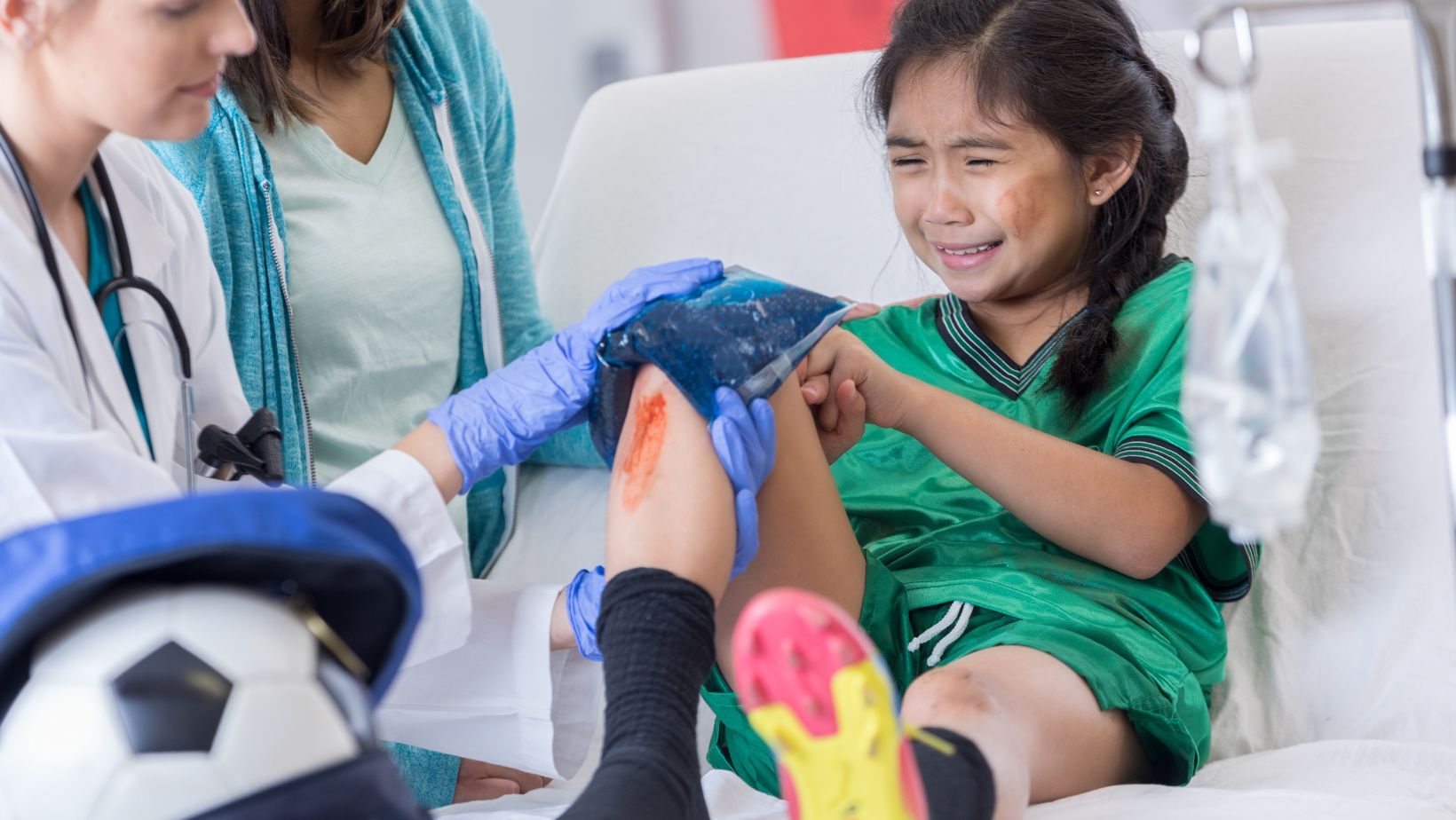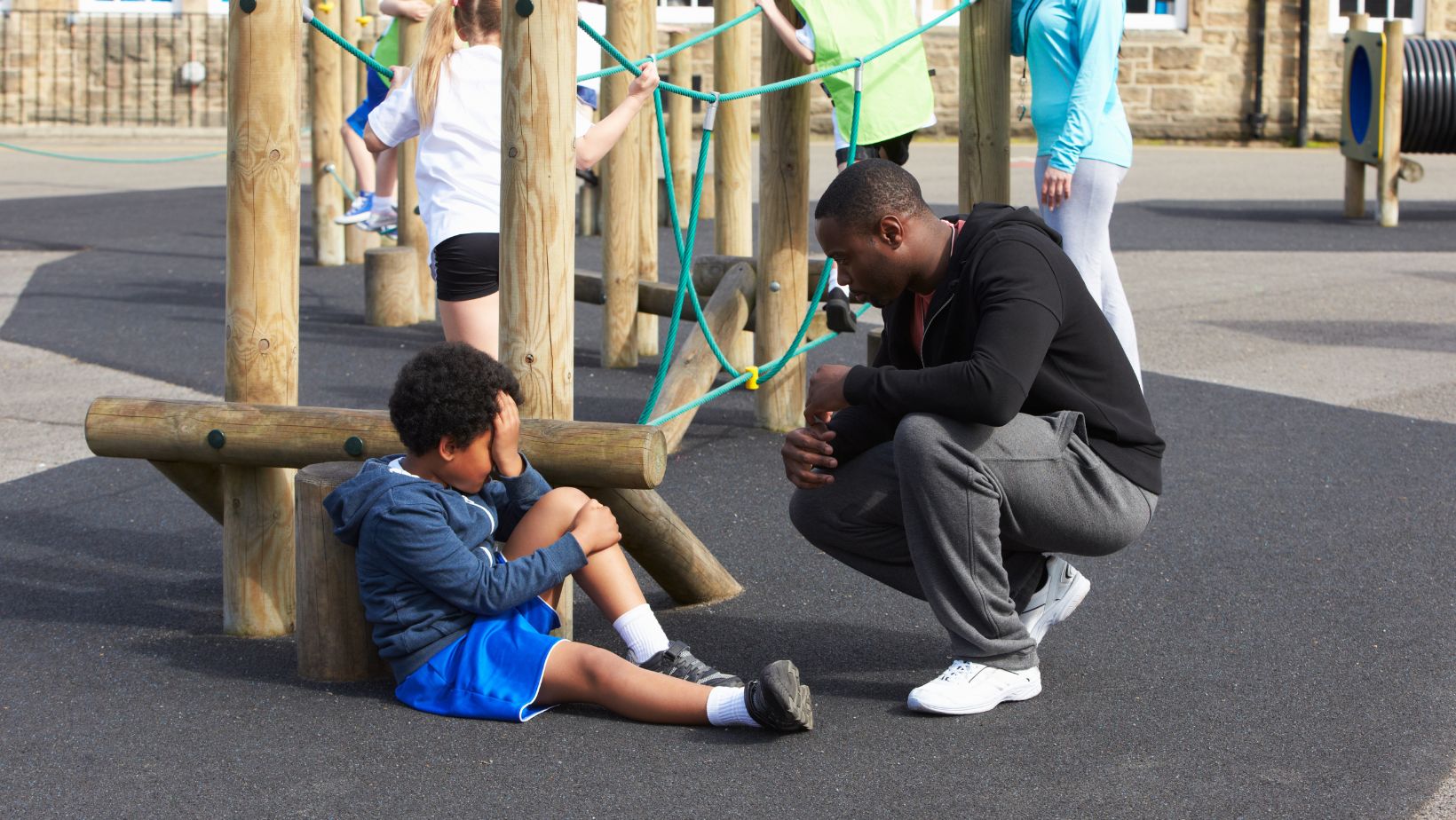
As a parent, you trust your child’s school with their safety on a daily basis, but accidents can still happen. Whether it’s an injury on the playground, a slip in the hallway, or an altercation with another student, children get hurt all the time.
However, if this happens to your family, how you respond matters. Here’s what you need to know about handling an injury that happens on school grounds.
1. Get your child to a doctor right away
Having your child seen by a doctor quickly, even if you can’t see a wound, isn’t paranoia – it’s a wise move. No matter how many people tell you what happened, you can’t be sure your child didn’t hit their head or experience some kind of internal injury that can’t be seen. A doctor can usually spot symptoms your child may not be aware of, and medical documentation will become essential if you pursue any kind of insurance claim or lawsuit.
If your child has already been treated by the school nurse, talk to them to find out what they did and get their assessment of the situation and compare it with your private medical assessment.
2. Speak with an attorney
To protect your child’s rights, it’s important to talk to a personal injury lawyer immediately. Even if you don’t want to be “that mom” who runs right to a lawyer, consider it a precaution. You don’t have to commit to filing a lawsuit, and the lawyer you consult with won’t pursue anything without your permission.
Talking to a lawyer will help you decide if the accident should be pursued in the first place. For example, telling the attorney what happened might raise red flags that indicate potential negligence. If children are being hurt because the school is failing to meet their basic duty of care, it can happen again, either to your child or someone else’s. In this regard, pursuing a lawsuit can protect other children, too.
3. Document the incident thoroughly
Even though you weren’t there to witness the accident, you can still document plenty. Take clear photos of your child’s injuries and the location where the injury took place. Gather contact information for as many witnesses as possible, including students and staff. Request a copy of the school’s official incident report, and if it doesn’t exist, get it in writing that no report was created.
4. Communicate with the school in writing
Whenever possible, use written communication to establish an official record.

If you have any verbal conversations, follow up with an email that recaps what was discussed and/or left unresolved.
5. Monitor your child
After an accident, some children can show signs of emotional distress. Encourage them to express their feelings and fears. They may even benefit from professional counseling. It might seem like overkill to send your child to a therapist after an injury, but kids interpret and process experiences much differently than adults, and are far more likely to be traumatized from situations adults can easily brush off. Addressing emotional health is just as important as treating physical injuries.
6. Evaluate the school’s policies
Find out what the procedures are for reporting and addressing incidents directly from the school’s policies. If you want to file a complaint, address your concerns with higher ups, or move forward with legal action, you might need to follow the school’s procedures first to satisfy legal requirements.
7. Talk to the parents of the responsible parties
If another student was involved in causing your child’s injury, it might help to meet with their parents to discuss the issue.

Keep in mind that some parents get defensive over their kids and will side with their child even when they’re wrong. Don’t approach any meeting by backing the other parents into a corner with blame. Instead, go in with the intention of achieving resolution and don’t get involved in any arguments that may arise. If you can’t get anywhere with the parents, pass it to your lawyer.
8. Provide feedback to the school
Change doesn’t happen without effort. If the school didn’t handle your child’s injury appropriately, provide constructive feedback about the situation. Suggest policy changes and updates if you can identify the gaps. Your involvement can prevent future injuries.
Protect your child’s wellbeing
A child being injured at school is distressing for any parent, but with fast action and the help of a good attorney, you can protect your child’s rights and ensure they receive proper medical care. If the school failed to keep your child safe, speak up. When you advocate for your child, it contributes to a safer environment for everyone.


















